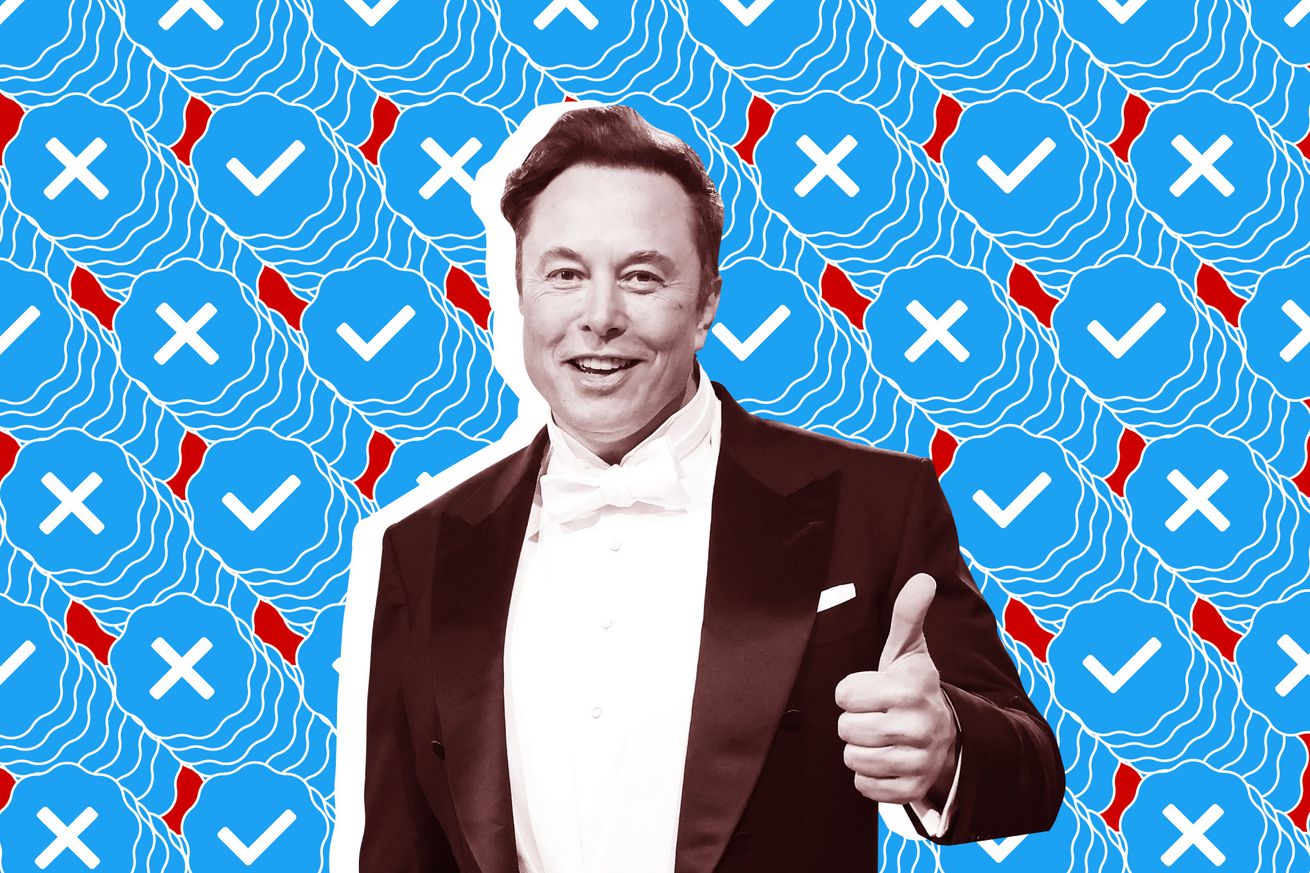
Twitter begins removing blue checkmarks from all legacy users
Twitter has begun removing blue checkmarks en masse from legacy verified accounts, fulfilling one of owner Elon Musk’s long-stated plans for the social media network.
The change is apparent on Twitter accounts for several Verge writers and other journalists like LA Times reporter Matt Pearce, with the verification logos occasionally disappearing and reappearing between page reloads.
Historically, the aim of Twitter’s verification system was to ensure that accounts from notable individuals and organizations who freely contributed content to the social media platform were actually being run by those individuals and organizations. Instead, Musk is now charging $8 a month for verification through Twitter Blue.
Musk has been vocal about his dislike for the legacy verification system, calling it “bullshit,” “corrupt,” and a “lords & peasants system.” Journalists on the platform were able to be verified almost by default regardless of the size of their following or readership, which appears not to have been sitting right with Musk’s antagonistic relationship with the media.
The April 20th target date for removing legacy blue checkmarks has been public since at least April 11th, but until today, it wasn’t clear whether Twitter would actually go through with it. The platform had originally said it would begin “winding down” the legacy verified program on April 1st, but aside from The New York Times, it doesn’t appear as though many accounts have actually lost their verification badge since then. (In a since-deleted tweet, Musk suggested that accounts would be given “a few weeks grace” before their checkmarks were removed, though technical problems may have also played a part).
Twitter introduced the blue checkmark system over a decade ago in the face of criticism, and even a lawsuit, from celebrities who were unhappy with users impersonating them on the platform. The system was far from perfect, and Twitter faced obvious challenges determining who was “notable” enough to warrant being verified. The symbol became seen as a mark of endorsement from the platform, which created dilemmas about whether to verify high-profile far-right users.
But making verification a feature that anyone can pay for has already helped misinformation appear in prominent news articles. A tweet from T(w)itter Daily News was erroneously cited as proof of Twitter’s API changes in a CNN news report (since corrected), as though it was an official account representing Twitter, reports Mashable. In reality, it’s a fan-run account that has a blue checkmark only because it’s subscribed to Twitter Blue.

